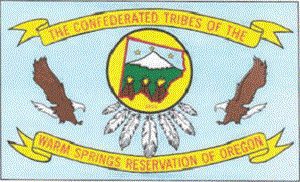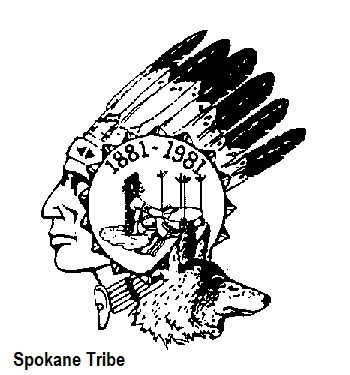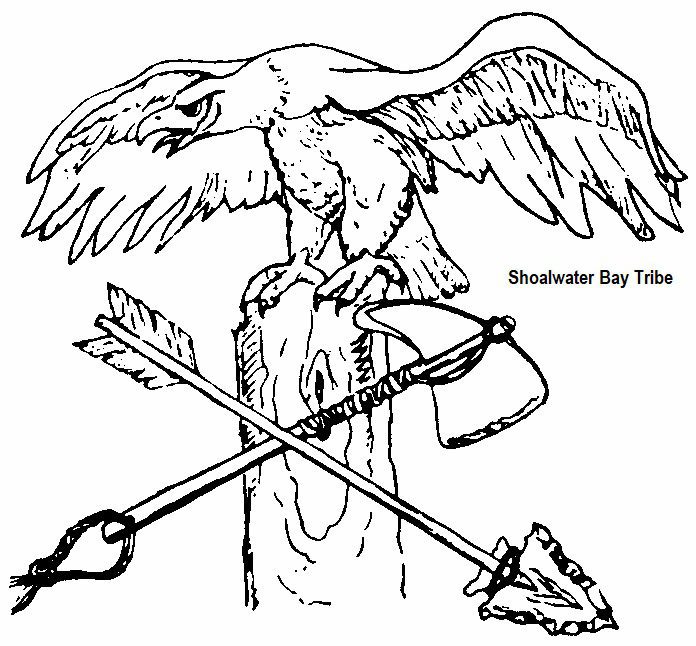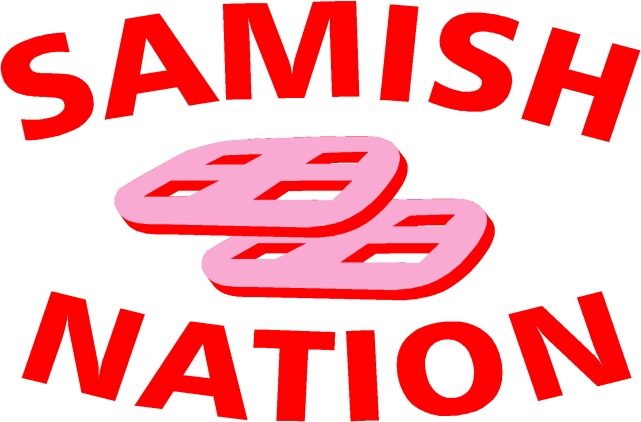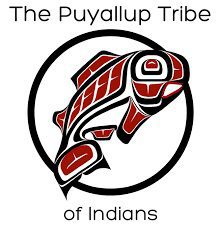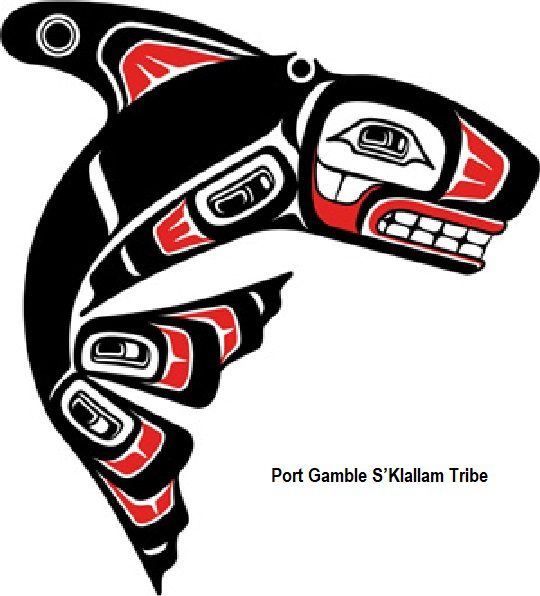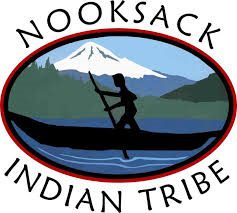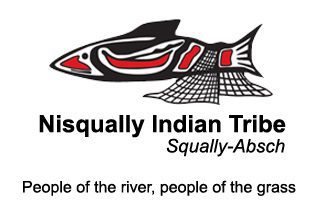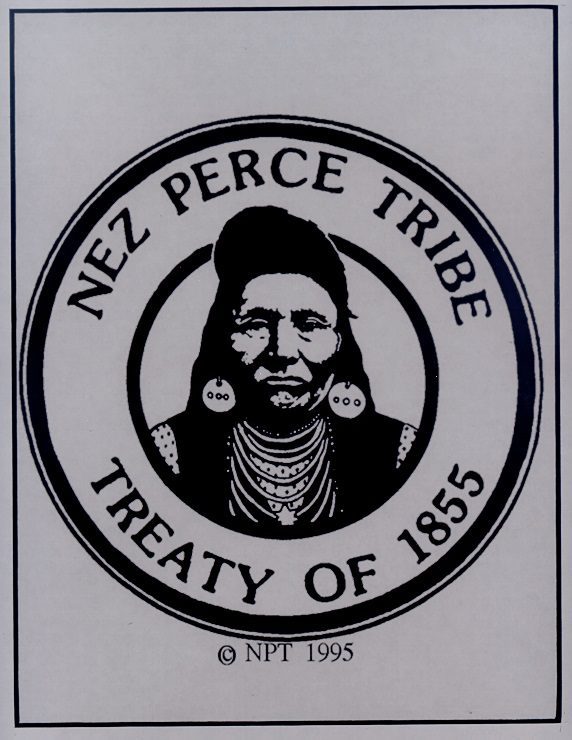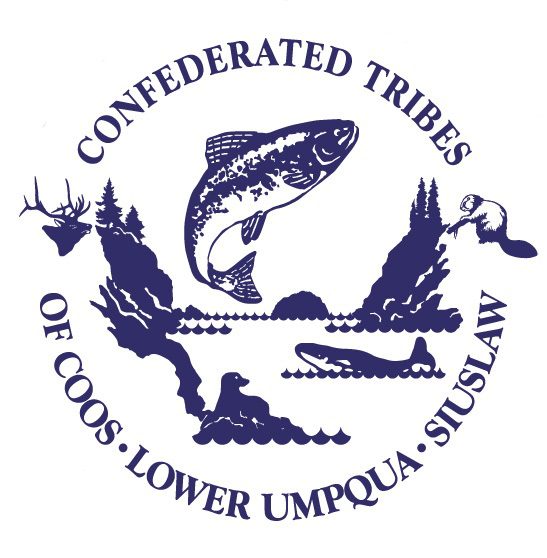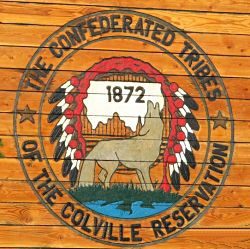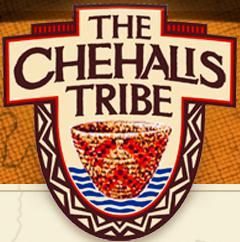The Health Center is well on their way to electronic health records. The staff have committed to implementing the process. A KIOSK in the waiting room has been implemented for Medicaid clients to sign up or update their records on their own. There is still a Health Benefits Department for those who need additional hands on assistance.
Summary of Services Provided: Primary Care with Doctor and Physician Assistant, Women’s Wellness Screening Program, 
Diabetes and Pre-Diabetes Programs, monthly Diabetes Talking Circle and Diabetic Clinic,
Retinal Eye Exams for Diabetics, Podiatry, Chiropractor Massage, WIC, Nutrition Consultations, Dental, On-site dentures, Senior meals 3 times per week, CHR/Transportation Program, Fitness Center, and Health Benefits to assist with alternate resources
The Tribe operates a primary medical and dental care facility with 4,500 square feet in a structure completed in July 1995. The Tribe’s Contract Health Service Delivery Area (CHSDA) is Mason County.
The programs are operated under a P.L. 93-638, Title I contract with the IHS. In addition, the Tribe operates mental health and alcohol/substance abuse programs in a 2,187 SF facility originally constructed in 1974 and renovated in 1994. Other programs include Indian Child Welfare, community health representatives, family therapist services, and reservation alcohol substance education.
The Skokomish Indian Tribe, formerly known as the Skokomish Indian Tribe of the Skokomish Reservation, and in its own official use: the Skokomish Tribal Nation, is a federally recognized tribe of Skokomish, Twana, Klallam, and Chimakum people. They are a tribe of Southern Coast Salish indigenous people of the Pacific Northwest located in Washington. The Skokomish Reservation is located on several square miles of Mason County, just north of Shelton, Washington at 47°20′05″N 123°09′36″W. Some Klallam people were relocated onto the reservation after signing the 1855 Point No Point Treaty. Skokomish refers to not only the largest Twana group at treaty times, but to the Skokomish River, the Reservation and the people who were required to move here after the treaty was signed.
The tribe’s first recorded direct contact with European culture came in 1792 and resulted in a devastating smallpox epidemic that took the lives of many.
The Skokomish were one of nine separate groups brought together by a common territory, similar cultural patterns, and the Twana language. “Skokomish” describes the original Twana inhabitants of the villages along the Skokomish River and its North Fork. The Twana language is considered part of the Salish Language. Twana territory, now known as Hood Canal, encompassed a body of salt water, its shoreline and drainage areas. Today, this would be a large portion of Jefferson, Mason and Kitsap Counties on the eastern side of the Olympic Mountains in the northwest Washington State. Their hunting territories extended westward to the Olympic Mountains, while on the south they bordered the principal Sahewamish village (now the town of Shelton). The Twana neighbors were the Klallam people, the Squaxon and Suquamish to the east and southeast; Satsop territory bordered them on the southwest. The Skokomish Tribal Council is the governing body of the Skokomish Tribe. It was established and derives its power from Articles III and VI of the constitution and by-laws of the Skokomish Indian Tribe of the Skokomish Reservation as amended and approved, February 23, 1938, by the Assistant Secretary of the Interior.
The reservation is located on the delta of the Skokomish River where it empties into what is called the Great Bend of the Hood Canal on the Olympic Peninsula of Washington State. It is largely wooded and marshy. For the past three decades Skokomish Tribal members have come together to develop a proactive government for its People and forge ahead with the necessary efforts and visions to provide a diversified mix of services for its youth, seniors and adults. The Skokomish Tribal government today provides a comprehensive array of community-based health, social, cultural and community services.
At Treaty Time, the Skokomish River supported large fish runs including all species of Pacific Salmon and Steelhead. This broad range of species and fish runs returned to the Skokomish River during almost every month of the year and provided a stable and diverse fishery for the Tribe. Between 1900 and 1960 the Tribe faced many difficulties. Sometime around 1900, a tycoon from Tacoma acquired the land between the west channel and main channel in the mouth of the Skokomish River. His subsequent diking and ploughing resulted in the loss of various plant species, including the sweetgrass used by the Skokomish for their basketry. At about the same time, the Tribe’s shellfish gathering activities were severely restricted due to the State of Washington’s claims of jurisdiction over tidelands. Furthermore, the City of Tacoma, between 1926 and 1930, constructed two dams on the North Fork of the Skokomish River, resulting in the destruction of important cultural sites and increased restrictions on the Tribe’s saltwater access. Finally, Potlatch State Park was opened in 1960 on a prime piece of shoreline property. All of these actions have been the subject of land claims brought by the Skokomish. An award of about $374,000 in 1965 was directed toward the purchase of a fish processing plant, as well as toward tribal housing. In 1974 the Tribe was successful in regaining disputed fishing rights through the Boldt Decision.
“Skokomish” describes the original Twana inhabitants of the villages along the Skokomish River and its North Fork.
The Reservation is a few square miles at the southwest of Hood Canal on both sides of US 101 north of Shelton. Twana territory, now known as Hood Canal, encompassed a body of salt water, its shoreline and drainage areas. Today, this would be a large portion of Jefferson, Mason and Kitsap Counties on the eastern side of the Olympic Mountains in the northwest Washington State. Their hunting territories extended westward to the Olympic Mountains, while on the south they bordered the principal Sahewamish village (now the town of Shelton). The Twana neighbors were the Klallam people, the Squaxon and Suquamish to the east and southeast; Satsop territory bordered them on the southwest.
Located in a rural area of northern Mason County on the Olympic Peninsula, the Skokomish Indian Reservation is surrounded on the south by the Skokomish River and on the east by the Hood Canal. It is served by U.S. Highway 101 originating south of the Reservation near the City of Olympia, and State Route 106 from the east. Olympia, the state capitol, is located south of the Reservation lands about 35 miles away. Seattle and Tacoma are accessible within about 1 and 1½ to 2 hours driving time, respectively.
The Skokomish Indian Reservation, due to its location and geological features in primarily a rural area of the Olympic Peninsula, is significantly vulnerable and has been drastically impacted by the damaging effects of major natural and man-made hazards. Extensive flooding events and severe weather conditions continually impact the local region and Tribal lands. A significant impact of the flooding and loss of valuable land for its future development by the Skokomish Tribe has been failing septic systems and increasing non-point source pollution from agricultural and forest land runoff in the upper Skokomish Valley watershed, adjacent to and northwest of the Reservation’s boundaries.
The Twana language, or tuwaduqutSid, is a member of the Salish language family. The Salish language dominated a large territory, which stretched from the Pacific Ocean to Montana and from British Columbia to Oregon. Twana is a Southern Puget Sound dialect of Salish. The Skokomish were one of nine separate groups brought together by a common territory, similar cultural patterns, and the Twana language. The Twana language is considered part of the Salish Language. The last fully fluent speaker died in 1980.
Concurrent with the major governmental and community service responsibilities during the last 30 years have been the ongoing and expanding economic and business development efforts undertaken by the Skokomish Indian Tribe. The Skokomish Indian Tribe has invested a large degree of their resources toward the protection of their natural resources, acquisition of commercial development sites on the Reservation as well as adequate land for the development of community facilities and new infrastructure systems. Historically and currently, the Skokomish people harvest salmon, shellfish species and other fish from the Skokomish River and Hood Canal area and rely on this catch as a source of subsistence and income.
The Tribe’s Twana Trade Center, adjacent to U.S. Highway 101, is a multi-purpose commercial site; traversing the Skokomish Reservation and serving as a major link to the most frequently traveled tourist destinations for Washington State residents and out-of-state visitors. The commercial site currently includes the following Tribal businesses: Twin Totems Grocery & Deli and the Lucky Dog Casino.
Today, many tribal members continue to work within the region’s fishing and logging industries. In an attempt to diversify its economy, the Tribe has purchased property for economic development and resource enhancement, as well as for housing. The Tribe operates its own businesses including a tribal hatchery and a gas station/convenience store. As for traditional culture, a number of ceremonies that had been dormant for 70 years or more were re-established during the late 1970’s and early 1980’s. Traditional basketry, carving and dance projects represent other facets of the reemerging interest in traditional arts of the Skokomish Reservation.
During 2003, The Tribe will implement a major community planning effort to design a new community facility and housing area on a 338-acre parcel of land. The new economic and community development efforts are in response to the historical and cumulative impacts from years of flooding that have damaged many Tribal community facilities, houses, local businesses as well as highways and small arterial roadways on Tribal lands.
With a growing community and increasing population, the Tribe’s major development efforts will be directed towards the construction of new housing, infrastructure systems and feasible new business ventures to enhance the quality of life for Skokomish Community members. This will be attained through the creation of new employment and educational opportunities, and preservation and protection of its cultural identity, natural resources and cultural resources.
Principal industries: wood products, food products, manufacturing, and agriculture.
The governing body of the Skokomish Indian Tribe is the Skokomish General Council, composed of all enrolled Skokomish Tribal members 18 years of age and older. The General Council meets quarterly, convening for additional meetings as necessary. A General Council President is elected annually by enrolled Tribal members 18 and older. The administrative affairs of the Tribe are under the direction of the Skokomish Tribal Council, which meets weekly. The Tribal Council is a seven-member body elected by the General Council membership to represent their interests and concerns in matters of Tribal governance, and oversee the Tribe’s administration and business activities on their behalf. The Tribal Council is composed of the Tribal Chairman, Vice Chair, Secretary, and four Council Member positions.
County: Mason, population 36,000: Native American, 1,247, 44% of Non-white, and 3% of total population. 962 square miles. County’s assessed value averages $2,290 per acre.
The city of Shelton has a population 7,530, and elevation of 12 feet above sea level.
Rainfall 64.2, temperatures 41-61.
Tribal website: http://www.skokomish.org/
Administration Phone: (360) 426-4232
Clinic website: http://www.skokomish.org/health-clinic/
Clinic Phone: (360) 426-5755
Skokomish Tribe
Skokomish Health Clinic
80 N Tribal Center Rd
Skokomish Nation, WA 98584
Phone: (360) 426-5755
Fax: (360) 877-2399
Webpage: http://www.skokomish.org
Hours: Monday to Friday, 8 am. to 5 pm.
Skokomish Indian Tribe Tribal Center
100 N Tribal Center Rd
Skokomish Nation WA 98584-9748
Dental Clinic
Phone: 360-426-5755
Fax: 360-877-2399
Physical Fitness Center
Phone: (360) 426-5755
Fax: (360) 877-2399
Monday to Friday, 9 am. to 5 pm.
Member Tribes

